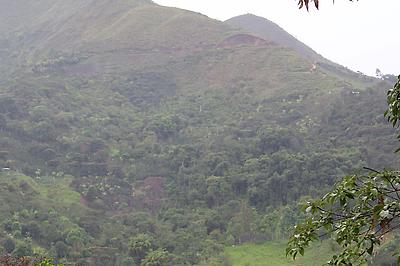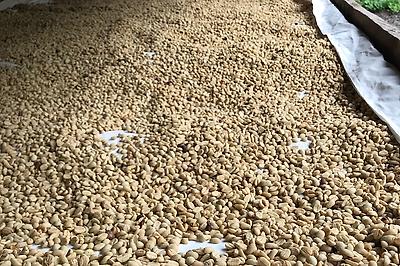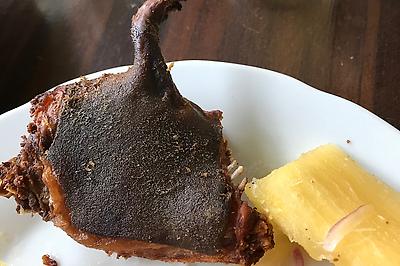Origin Report: Peru 2019
I recently had the opportunity to join some of our friends at the Alliance for Coffee Excellence for the third annual Cup of Excellence competition in Jaen, Peru. Peru has been producing coffee for quite some time (it’s in the top 10 producers of Arabica by volume worldwide) and we’re always looking for opportunities to see more of what’s going on across their different growing regions. Attending Cup of Excellence is a great way to not only taste some of the best coffees Peru has to offer, but get a sense of the range of different flavors, processes, and varietals available from Peru’s specialty coffee producers.
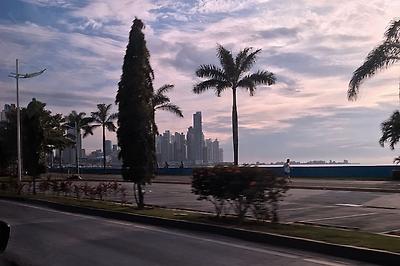

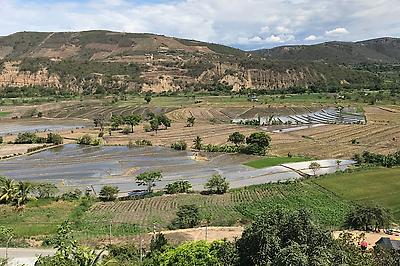

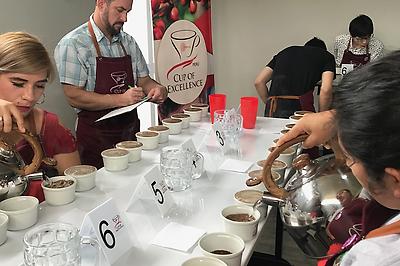
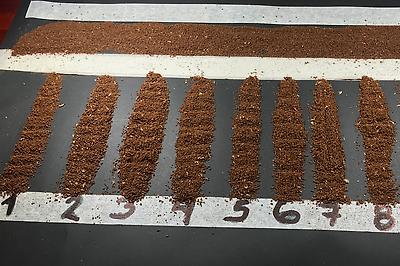
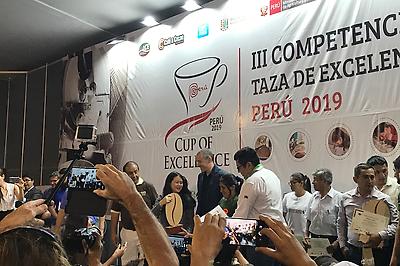

Once the scoring is complete, the competition coffees are secured in a warehouse in Peru, and samples are distributed worldwide before the auction takes place in December - when people all over the world will bid for a chance to roast these incredible coffees. The winning bids are recorded, payment secured, and then the coffee is prepared for export to different roasters all over the world. And after tasting these lots - we’d say the winners have a lot to look forward to!
